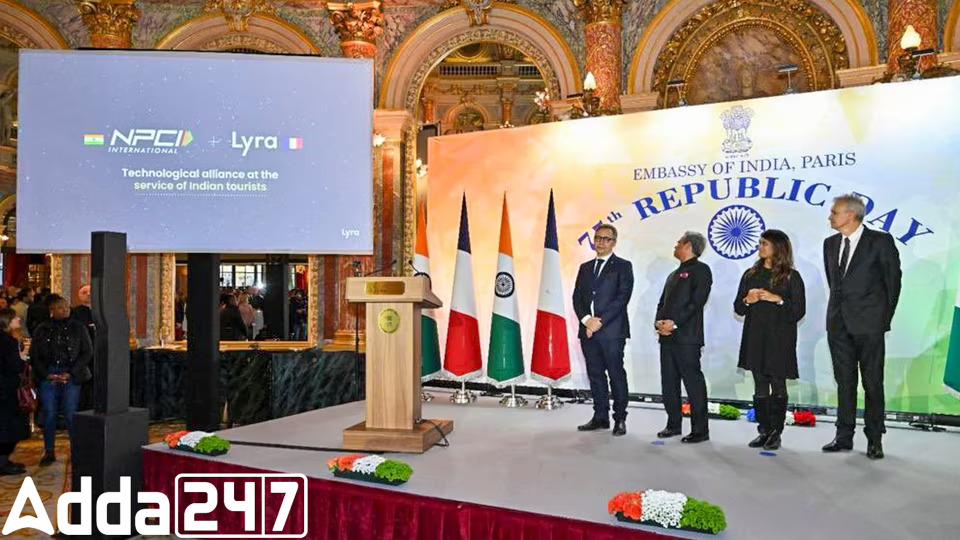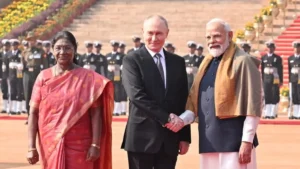India has officially introduced the Unified Payments Interface (UPI) at the iconic Eiffel Tower in Paris, marking a significant step towards realizing Prime Minister Narendra Modi’s vision of globalizing UPI. This initiative follows the digital payments sector agreement signed between India and France in July of the previous year, making France the first European country to adopt India’s UPI for retail transactions.
UPI at Eiffel Tower – Historic Move
India’s National Payments Corporation of India (NPCI) has successfully launched UPI payments at the Eiffel Tower, making it the first merchant in France to offer this service. This move aligns with Prime Minister Modi’s push for a global presence of UPI.
France-India Digital Payments Agreement
The collaboration between India and France in the digital payments sector, initiated in July, allows the use of India’s UPI for retail payments in France. This groundbreaking agreement positions France as the pioneer in embracing UPI on the European continent.
Partnership with Lyra for UPI Acceptance
NPCI International Payments (NIPL) has partnered with French e-commerce and proximity payments company, Lyra, to facilitate the acceptance of UPI payments in France. The strategic tie-up ensures a seamless integration of the UPI payment mechanism, starting with the Eiffel Tower.
Tourist-Friendly Payment Option
With Indian tourists ranking as the second largest group of international visitors to the Eiffel Tower, the UPI payment system offers a convenient and familiar payment method. Tourists can simply scan a QR code on the merchant’s website to initiate payments, enhancing the overall experience for Indian travelers.
Expansion Plans Beyond Eiffel Tower
While Eiffel Tower becomes the pioneer, plans are underway to extend UPI payments to other merchants in the tourism and retail sectors across France and eventually throughout Europe. This expansion aligns with the broader vision of making UPI a globally accepted payment mechanism.




 Weak La Niña Likely to Influence Global ...
Weak La Niña Likely to Influence Global ...
 Asim Munir Formally Appointed Pakistan's...
Asim Munir Formally Appointed Pakistan's...
 Putin Receives Grand Ceremonial Welcome ...
Putin Receives Grand Ceremonial Welcome ...







